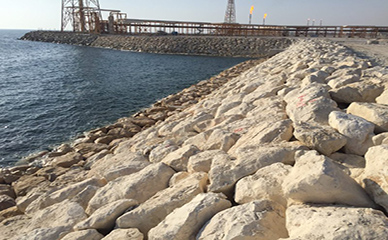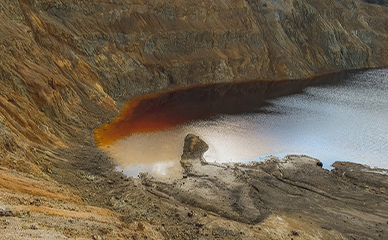
The development that technology has had in the last decades has allowed that the sensorization of the structures is more and more frequent and necessary. Maritime and port engineering has not been left aside in this type of technology, allowing the optimization of studies and the validation of numerical modelizations that are carried out in port and coastal environments. Through these new methodologies, it is possible to detect, in situ, the existing problems in ports and coastal environments, as well as their behaviour in the face of the demands.
Within this new area of optimization, GEAMA develops research and technology transfer projects among the following topics:
1- Field campaigns in floating docks for the monitoring of mooring lines and their movements.
2- Monitoring of long wave and possible resonance phenomena
3- Field campaigns to measure the efforts in anti-wave screens
4- Agitation studies through field campaigns
Below are a number of projects carried out by GEAMA in this line of research.
Analysis of transmission and stress coefficients in floating dock moorings with chains and elastomers. Application to the floating dock of Xufre, Pontevedra
At present, there is no abundant formulation for the design of floating docks. This fact generates uncertainties to the engineers when they make the design calculations, not being possible to make a good optimization of the designs.
Therefore, Portos de Galicia and Aquatic Civil Engineering proposed to GEAMA a research project that consisted in monitoring the floating dock of Xufre’s port, located in Arousa Island, Pontevedra. The objective of this study was to measure in field the efforts in the mooring lines and the movements during a 1 month field campaign. The results were used to know the efforts and movements of the dock against real solicitations and to be able to optimize the design of the mooring lines.

Development of a software for the detection of limit situations of operation in the outer port of Punta Langosteira (A Coruña). Influence of climatic variables, location of the mooring, mooring system and dimensions of the vessel.
Knowing the operational limit situations of the vessels operating in a port is a determining factor in order to optimize the decision making process in port operations. As a consequence, with the aim of detecting the influence of climate and ship factors on the operation, in the present project field campaigns were carried out to monitor the ship and the maritime climate inside the dock.
The ship monitoring campaign consisted in the continuous recording of the 6 degrees of freedom that a ship has when it is moored. For this purpose, laser distance meters, IMUs and display techniques were used. In addition, the efforts at the moorings were recorded. On the other hand, the monitoring of the maritime climate was carried out through the placement of pressure sensors inside the port for the recording of the long wave and the short wave.




